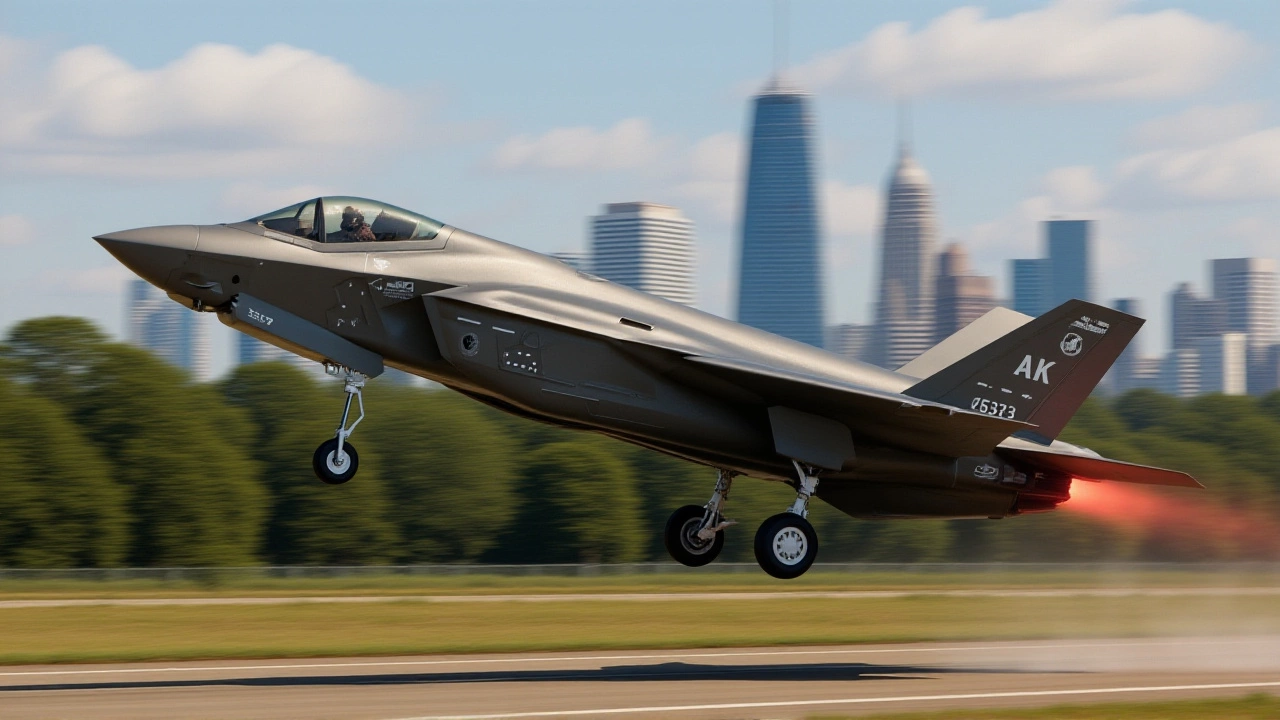Airspace Violations: Understanding the Threats and Solutions
When talking about Airspace Violations, unauthorized entry into a nation's controlled airspace, often sparking diplomatic tension and safety concerns. Also known as unauthorized air incursions, it poses risks to civil aviation, military operations, and national security, the topic is more than a headline—it’s a real challenge for governments and pilots alike. Airspace violations can happen in peacetime, during emergencies, or as part of illicit activities, and each scenario demands a different response.
Why Airspace Gets Breached and Who Is Watching
Most breaches stem from three main drivers: political disputes, smuggling routes, and accidental navigation errors. Nations rely heavily on border security, systems that monitor both land and air frontiers using radar, satellite imagery, and ground‑based sensors to spot suspicious flights. When a plane drifts into restricted zones, early detection lets authorities scramble interceptors or issue warnings before things spiral out of control. In regions where border fences, physical barriers aim to stop illegal crossings on land, the sky often becomes the next loophole, making air‑monitoring a crucial complement to ground defenses.
Modern radar networks create a three‑dimensional picture of every aircraft, while Automatic Dependent Surveillance‑Broadcast (ADS‑B) feeds real‑time data to control towers. These tools turn the abstract notion of “airspace” into a trackable grid, enabling rapid identification of who is where. The semantic link is clear: airspace violations require robust monitoring, and robust monitoring is a cornerstone of effective border security.
Another layer involves international treaties like the Chicago Convention, which set rules for overflight rights and give states the legal basis to protest or seize violating aircraft. Compliance with these agreements smooths diplomatic channels, but when a state ignores them, the situation can quickly turn tense.
In addition to state actors, non‑state groups exploit weak monitoring in remote regions. Smugglers often chart routes that skim the edges of a country’s air defence, hoping to slip beneath radar coverage. This overlap of illegal border crossing and airspace intrusion illustrates a second semantic triple: airspace violations are linked to illegal border crossings and can fuel broader security challenges.
Technology is not the only defender. Human expertise—air traffic controllers, pilots, and intelligence analysts—plays a decisive role. A well‑trained controller can spot a minor deviation and coordinate a quick response, potentially averting a catastrophe.
When monitoring fails, the fallout can be severe. Consider the recent airplane crash, the Calicut accident caused by extreme weather and limited runway visibility, which highlighted how vulnerable flight safety is to environmental factors and navigation mistakes. While not a deliberate violation, the incident shows how quickly a poorly managed flight can become a safety emergency, especially if the aircraft is already in unauthorized airspace. Similarly, mid‑air collisions, catastrophic events that often result from overlapping flight paths and insufficient communication are a stark reminder that airspace mismanagement can end in tragedy. The semantic chain here is: airspace violations increase the risk of mid‑air collisions, which in turn elevate overall aviation safety concerns.
Legal and diplomatic repercussions follow every breach. Nations may issue protest notes, file complaints at the International Civil Aviation Organization (ICAO), or impose sanctions. In extreme cases, aircraft are forced to land, crew members detained, and diplomatic talks intensify. These outcomes underline a third semantic triple: airspace violations trigger international diplomatic action, influencing broader geopolitical dynamics.
Mitigating these threats involves a mix of technology, policy, and cooperation. Upgrading radar to phased‑array systems improves detection range, while sharing ADS‑B data across borders creates a collaborative safety net. Training programs for pilots on restricted‑area awareness, coupled with stricter enforcement of flight plans, reduce accidental incursions. For smuggling concerns, integrating aerial surveillance with ground patrols tightens the security loop.
Below, you’ll find a curated set of articles that dive deeper into specific incidents, technical safeguards, and policy debates related to airspace violations. Whether you’re a student, a policy‑maker, or just curious about how the sky stays safe, these pieces will give you practical insights and real‑world examples to broaden your understanding.
UK Defence Minister John Healey says the 12‑hour RAF‑US patrol near Russia sends a strong NATO unity message after recent Russian airspace breaches.
